Human Muscle Worksheets
Muscles play a crucial role in our everyday lives, from helping us move to supporting our posture. If you're a student of human anatomy or a fitness enthusiast looking to understand the intricacies of the human musculoskeletal system, worksheets can prove to be incredibly helpful tools. These worksheets focus on the entity of human muscles and their corresponding subjects, offering a comprehensive and structured way to learn and reinforce your understanding.
Table of Images 👆
- Label Muscles Worksheet
- Blank Head and Neck Muscles Diagram
- Muscular System Diagram Worksheet
- Muscular System Diagram Worksheet for Kids
- Lower Leg Muscle Diagram Blank
- Human Body Muscles
- Human Body Muscle Diagram Worksheet
- Human Scavenger Hunt Worksheet
- Anatomy Muscle Coloring Worksheet
- Muscle Physiology Worksheet
- Anatomy and Physiology Muscle Worksheets
- Human Body Systems Worksheets
- Human Body Muscles Worksheet
- Muscular System Worksheets
- Bones and Muscles Worksheets
- Human Anatomy Muscles Coloring Pages Printable
- Muscular Skeletal System Worksheets
More Other Worksheets
Kindergarten Worksheet My RoomSpanish Verb Worksheets
Cooking Vocabulary Worksheet
DNA Code Worksheet
Meiosis Worksheet Answer Key
Art Handouts and Worksheets
7 Elements of Art Worksheets
All Amendment Worksheet
Symmetry Art Worksheets
Daily Meal Planning Worksheet
What are the three types of muscle tissue?
The three types of muscle tissue are skeletal muscle tissue, which is attached to bones and responsible for movement; smooth muscle tissue, found in walls of organs and blood vessels, controlling involuntary movements; and cardiac muscle tissue, located in the heart and responsible for pumping blood throughout the body.
What is the main function of skeletal muscles?
The main function of skeletal muscles is to produce movement by contracting and pulling on the bones of the body, allowing for functions such as walking, running, and lifting objects. Additionally, skeletal muscles also play a role in maintaining posture, stabilizing joints, and generating heat to regulate body temperature.
How do muscles contract?
Muscles contract when the brain sends a signal down the spinal cord and to motor neurons, which then release neurotransmitters at the neuromuscular junction. These neurotransmitters stimulate the muscle fibers to generate an electrical impulse, causing the release of calcium ions inside the muscle cells. The calcium ions then bind to proteins within the muscle fibers, which leads to the contraction of the muscle by shortening the sarcomeres, the basic functional units of muscle cells.
What is the role of tendons in muscle movement?
Tendons are tough, fibrous cords that connect muscle to bone and play a crucial role in muscle movement by transmitting the force generated by the muscle to the bone, ultimately causing movement at the joint. They allow muscles to contract and pull on the bone, resulting in various movements such as walking, running, lifting, and bending. Additionally, tendons provide stability and support to the joints during movement.
What is the difference between voluntary and involuntary muscle contractions?
Voluntary muscle contractions are those that are consciously controlled by the individual, such as moving your arm or leg. In contrast, involuntary muscle contractions are not under conscious control and occur automatically, such as the beating of the heart or the peristalsis of the digestive system.
What are some examples of major muscle groups in the human body?
Some major muscle groups in the human body include the quadriceps (front of the thighs), hamstrings (back of the thighs), glutes (buttocks), pectorals (chest), deltoids (shoulders), biceps and triceps (arms), latissimus dorsi (back), abdominals (core), and gastrocnemius (calves). These muscle groups play essential roles in various movements and functions of the body.
How do muscles work in pairs?
Muscles work in pairs by having one muscle contract while the other muscle relaxes. This oppositional action allows for the movement of joints in different directions. For example, when you bend your elbow, the biceps muscle contracts to bring the forearm towards the upper arm while the triceps muscle relaxes. When you straighten your elbow, the triceps muscle contracts to extend the forearm while the biceps muscle relaxes. This coordinated effort between opposing muscle groups is what enables smooth and controlled movement.
What is muscle fatigue and how does it occur?
Muscle fatigue is the condition when muscles are unable to generate force or perform at their normal capacity. It occurs due to a variety of factors such as the depletion of energy stores like ATP, buildup of lactic acid causing a decrease in pH levels, and reduced blood flow leading to the accumulation of metabolic byproducts. Additionally, muscle fatigue can also occur from inadequate oxygen supply, electrolyte imbalances, or neural fatigue where the signaling between nerves and muscles is impaired. These factors combined result in the sensation of weakness, soreness, and decreased performance in muscles.
How does regular exercise affect muscle growth and strength?
Regular exercise, specifically resistance training, stimulates muscle growth and strength by causing small tears in muscle fibers. As the body repairs these tears, muscle fibers become thicker and stronger. Additionally, exercise increases blood flow to the muscles, delivering essential nutrients and promoting the release of growth hormones that aid in muscle growth. Over time, consistent exercise leads to muscle hypertrophy and improved strength, resulting in a more efficient and powerful musculoskeletal system.
What are some common injuries or conditions that can affect the muscles?
Common injuries or conditions that can affect the muscles include strains, sprains, muscle tears, tendinitis, muscle cramps, muscular dystrophy, myositis, and compartment syndrome. These conditions can occur due to overuse, incorrect use, trauma, or underlying health conditions, leading to pain, weakness, swelling, and limited range of motion in the affected muscles.
Have something to share?
Who is Worksheeto?
At Worksheeto, we are committed to delivering an extensive and varied portfolio of superior quality worksheets, designed to address the educational demands of students, educators, and parents.

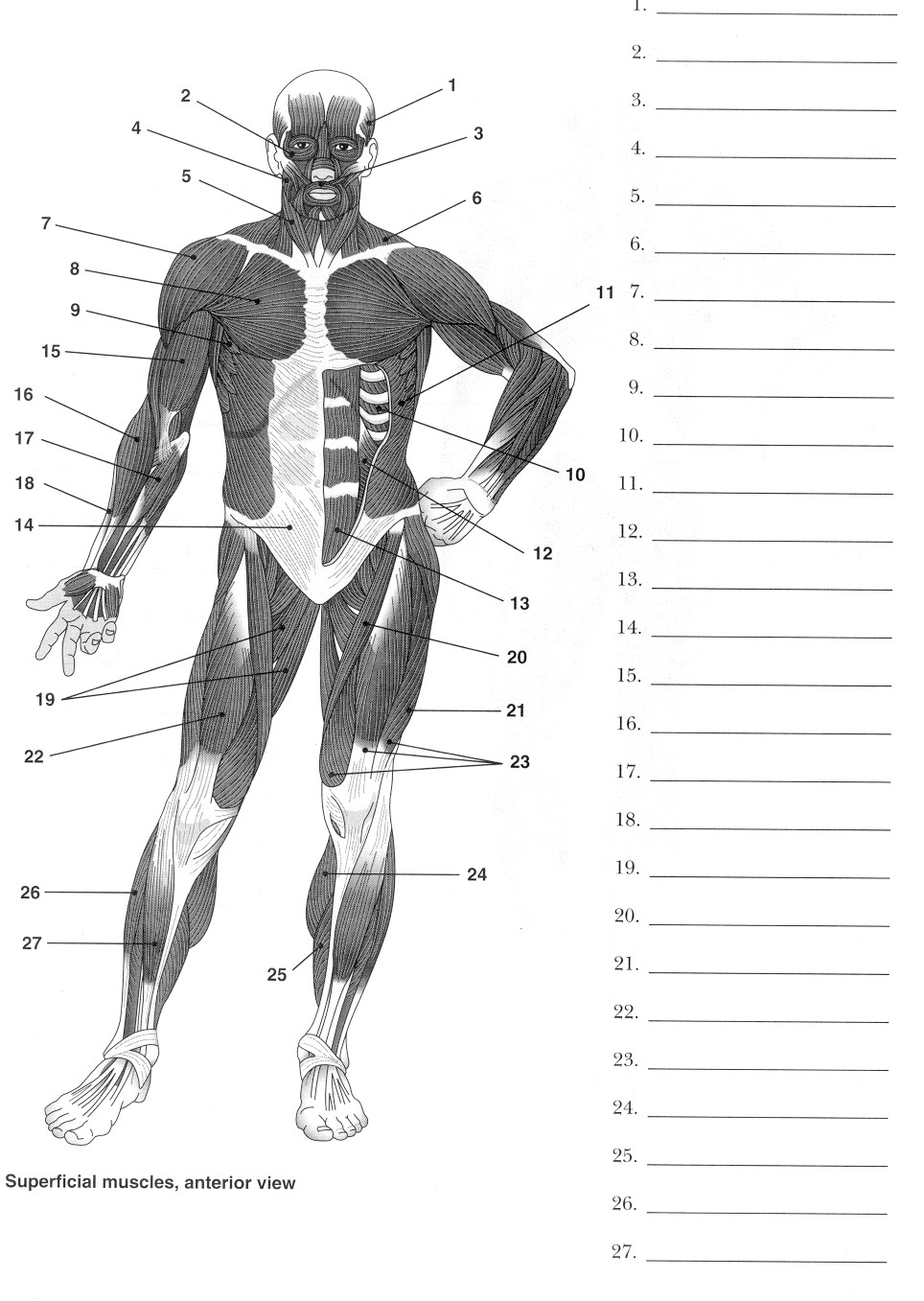



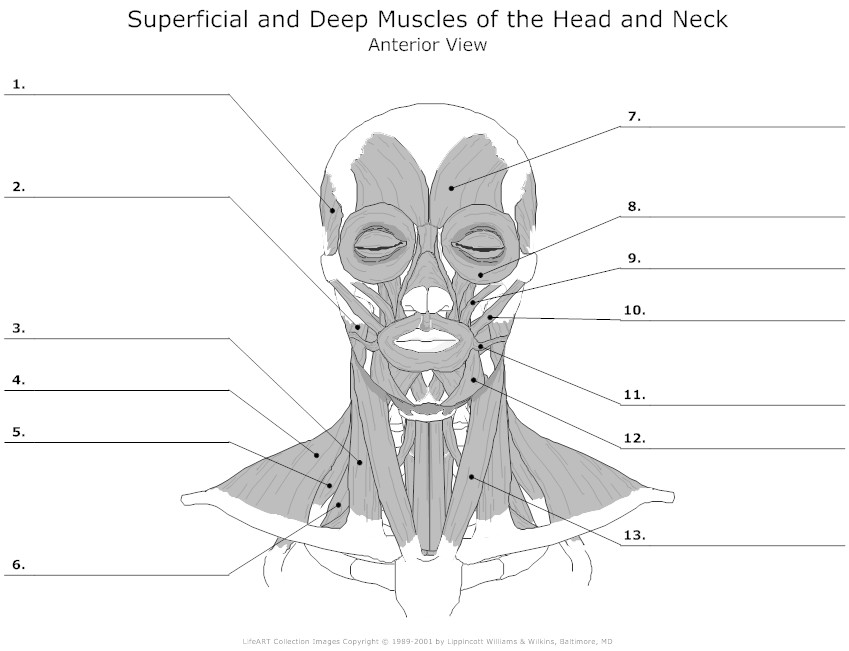
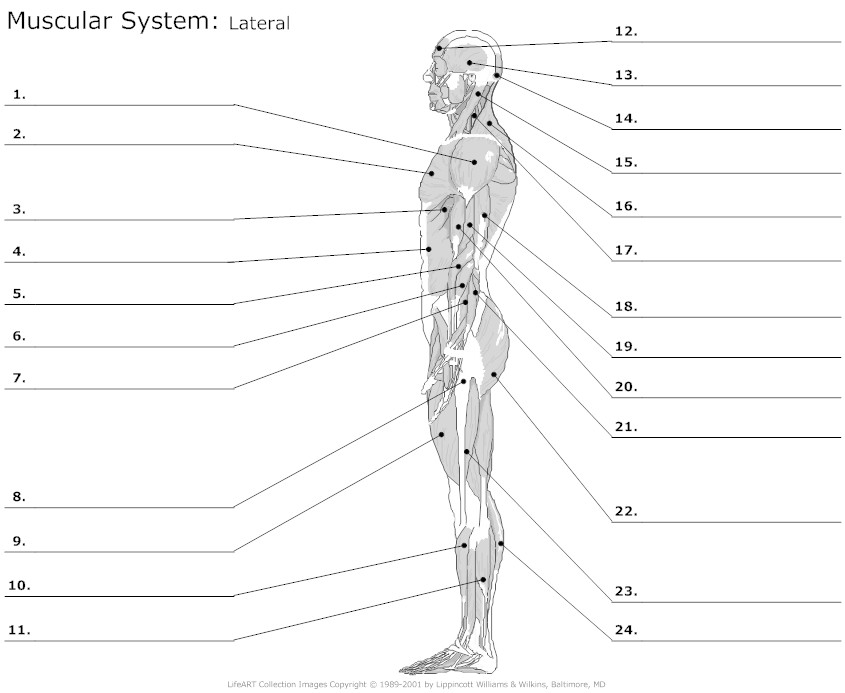
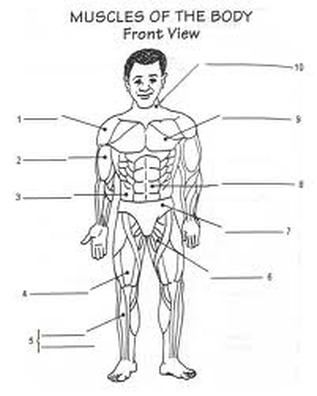
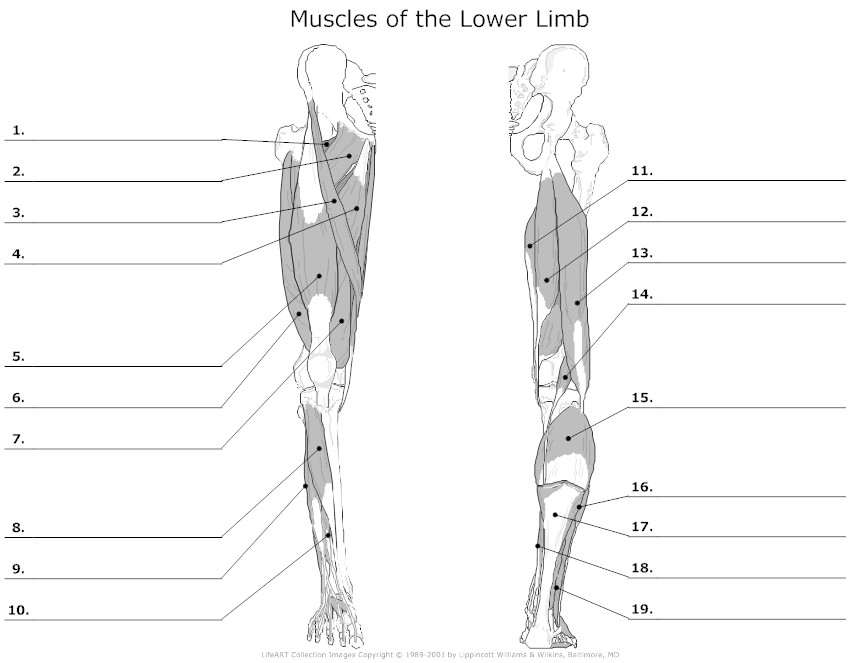
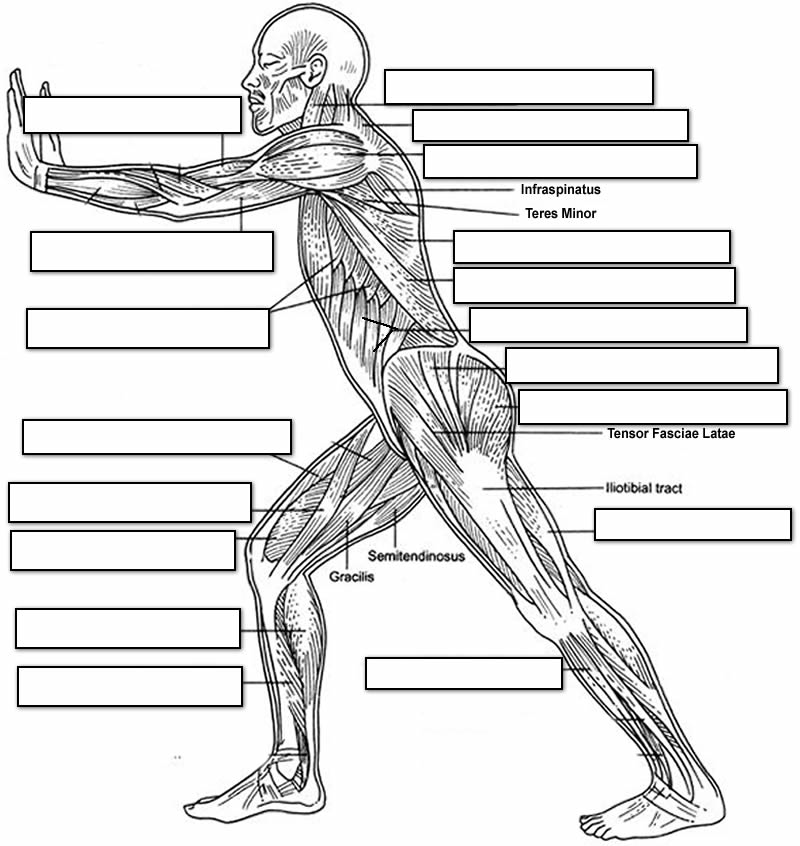

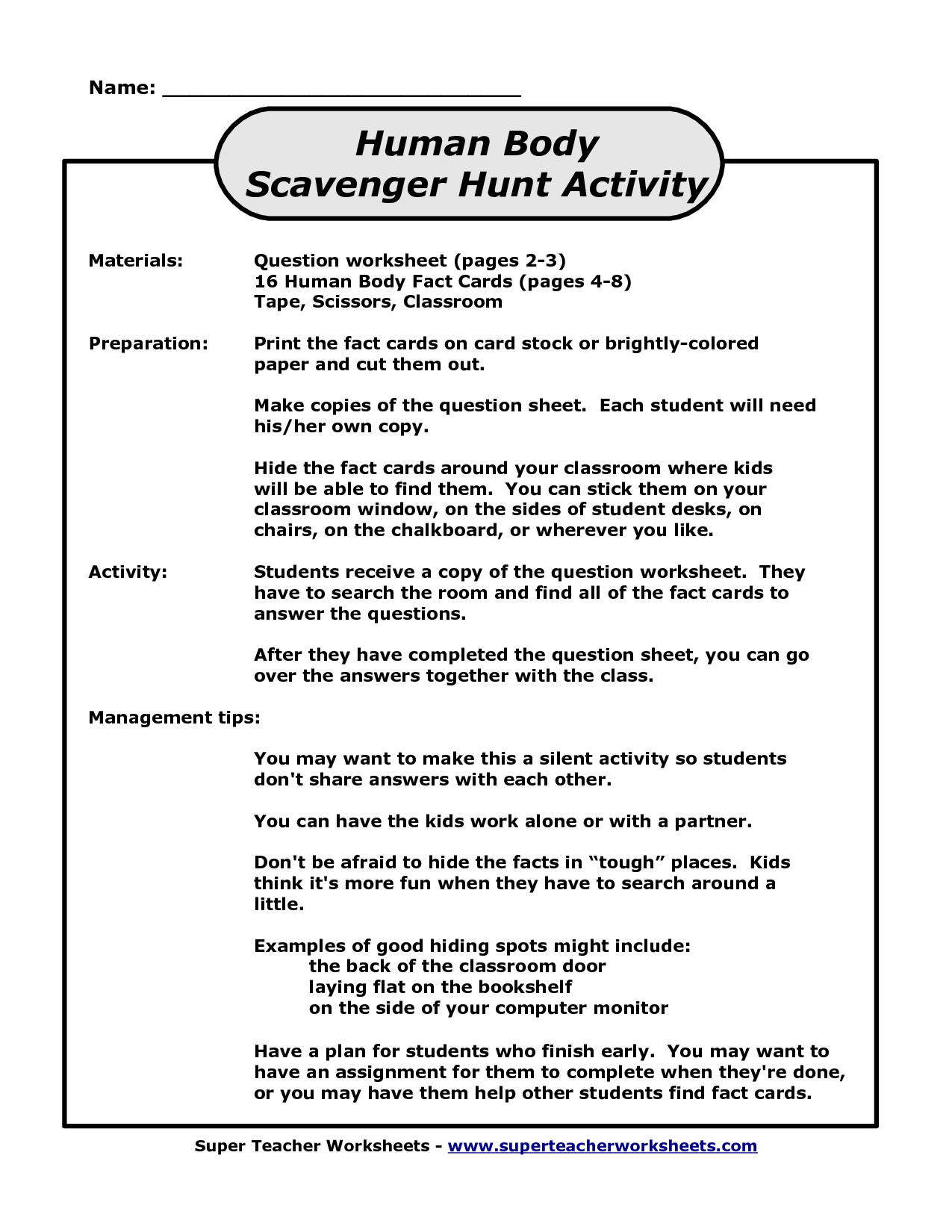
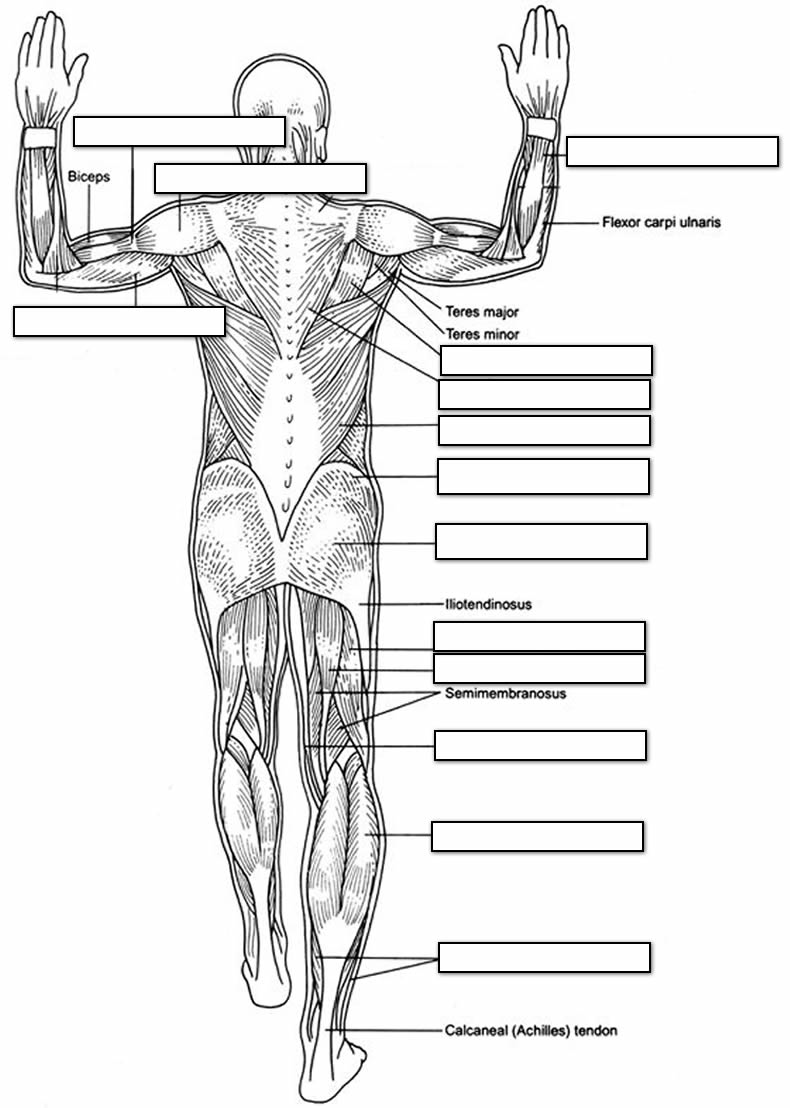
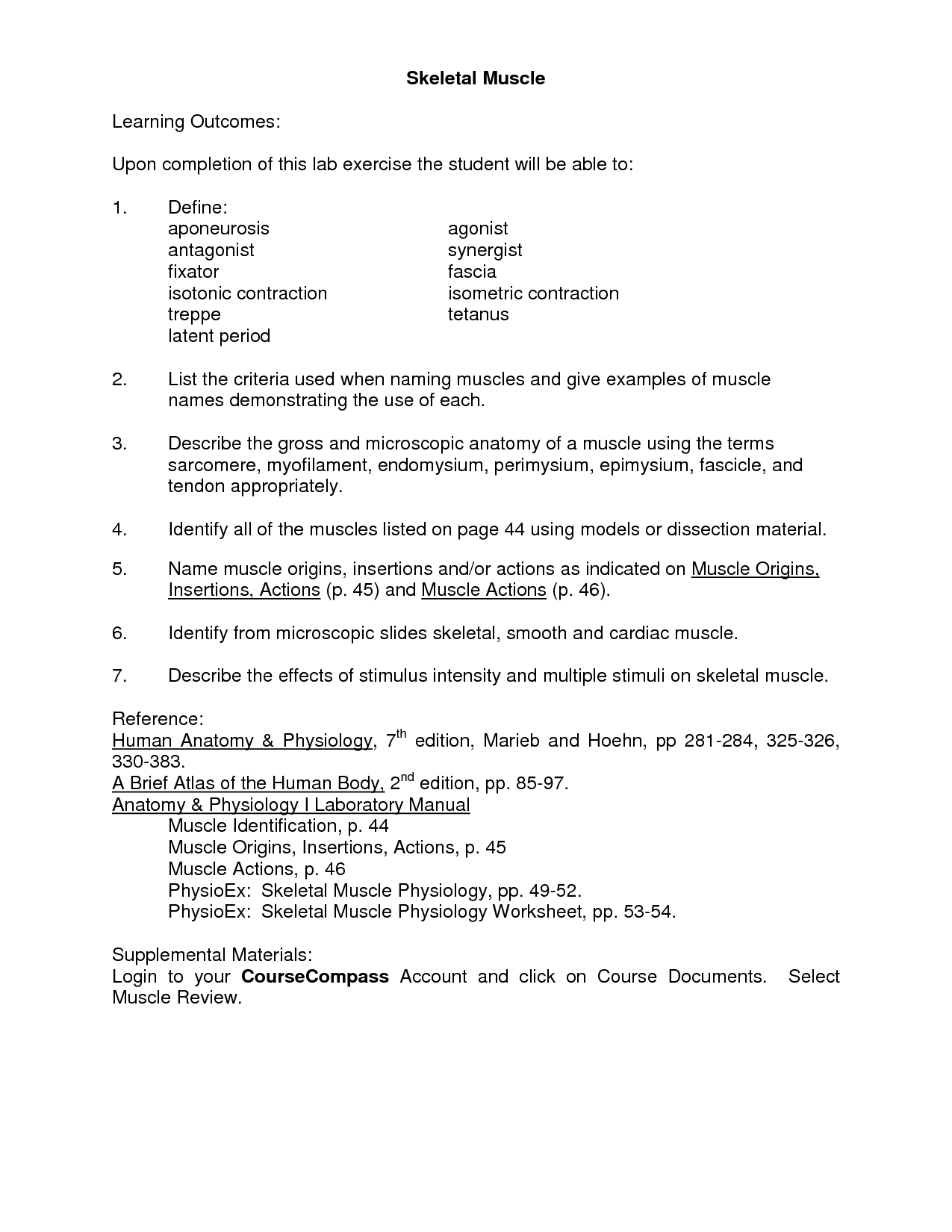
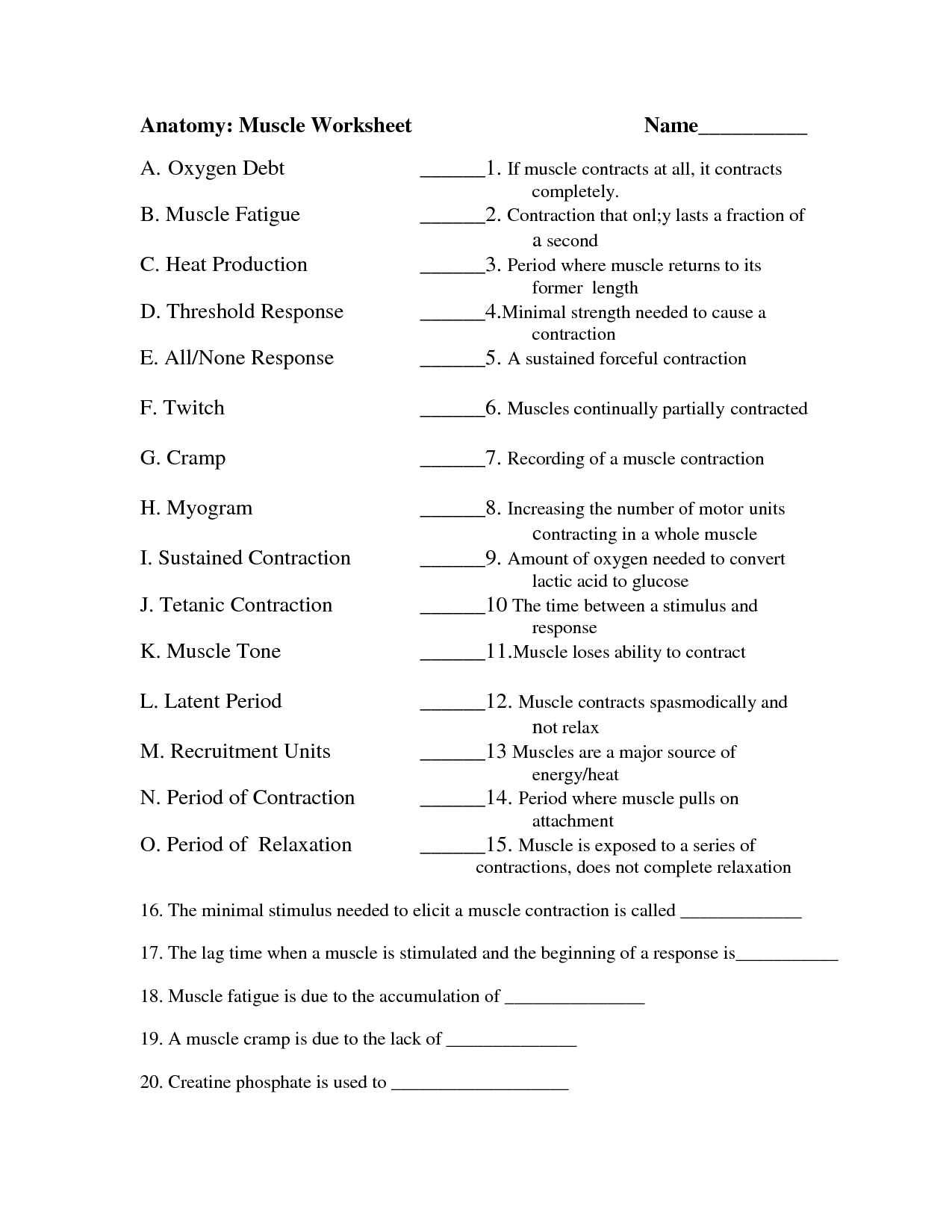
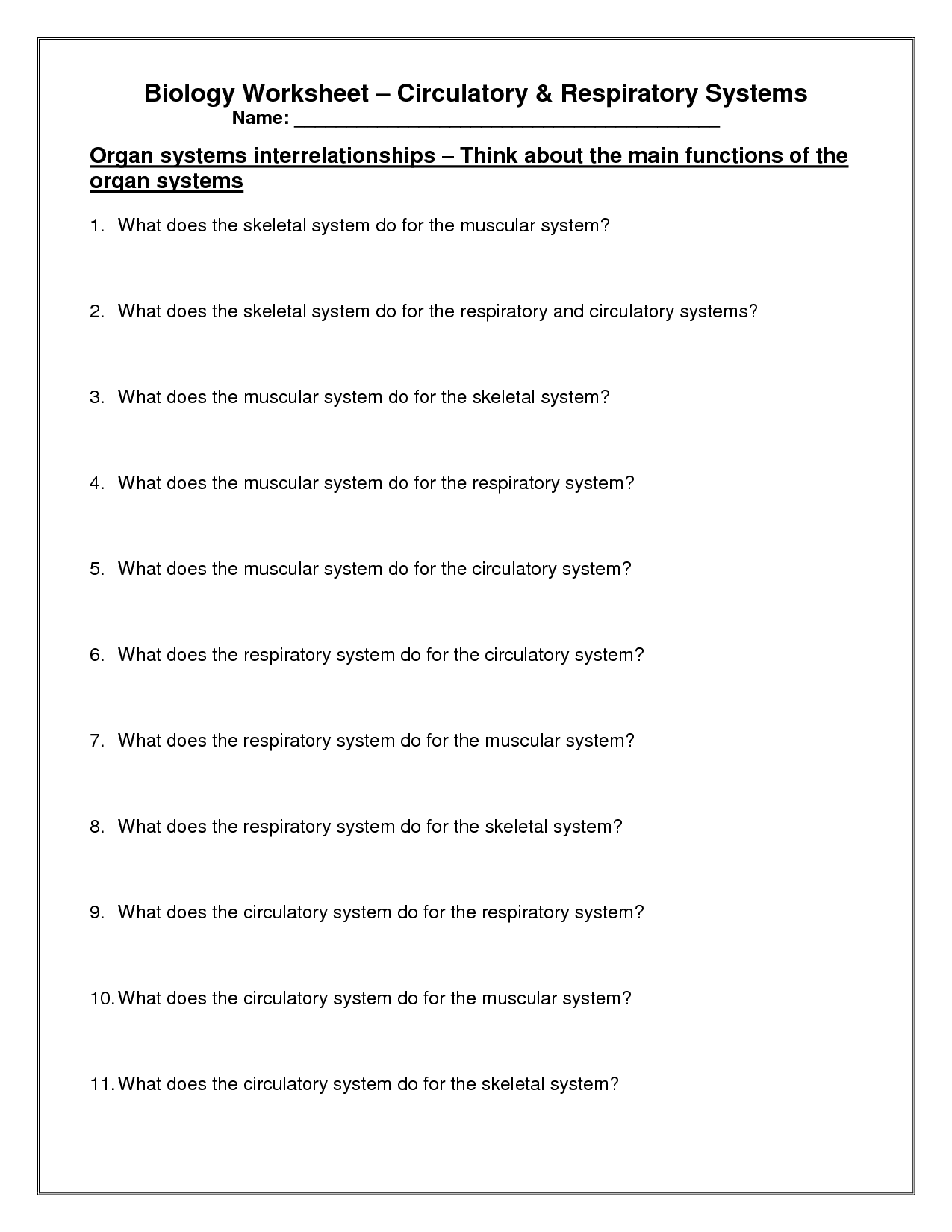
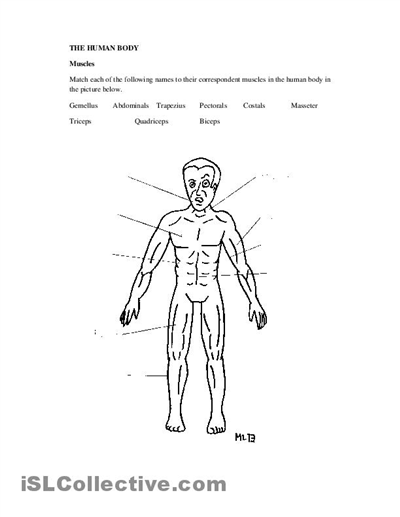
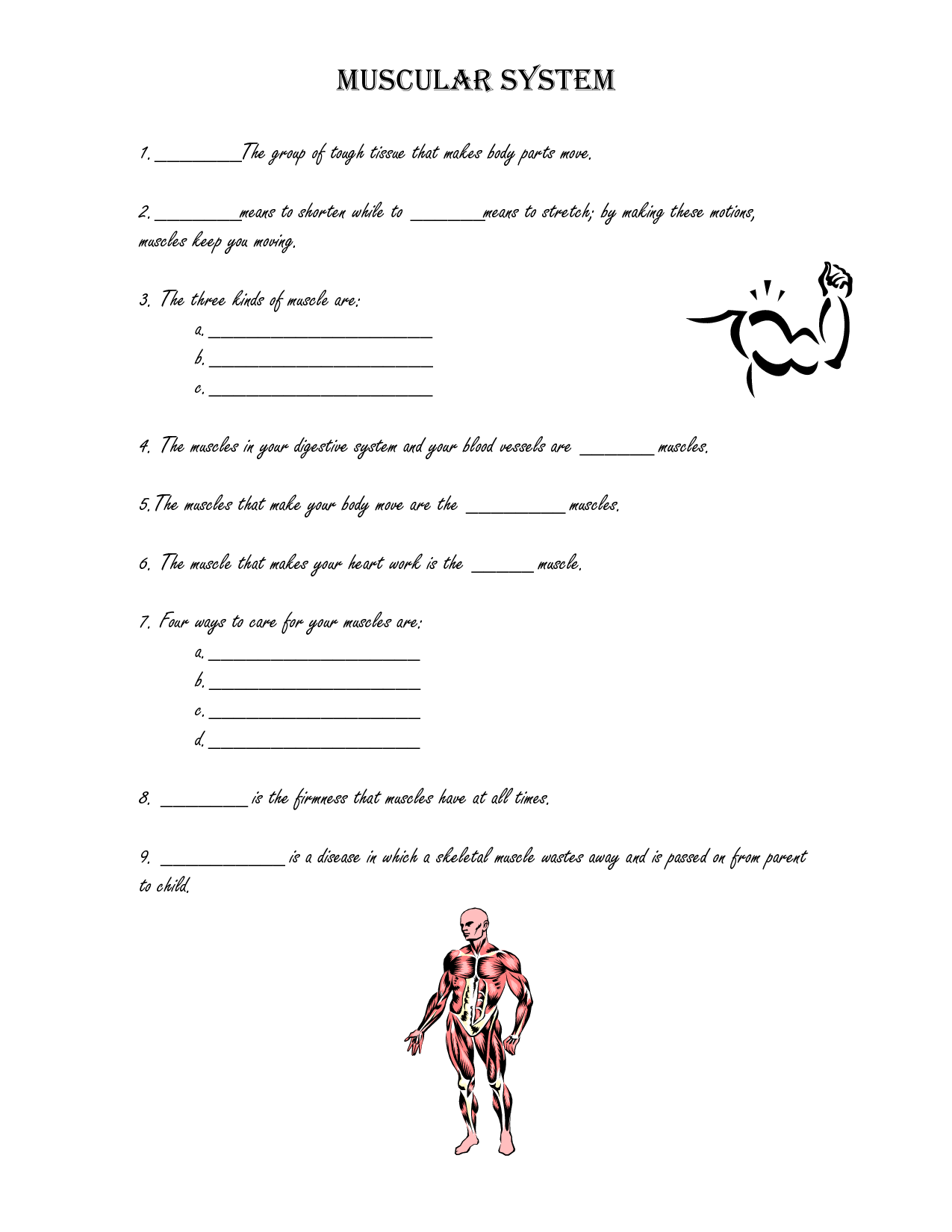
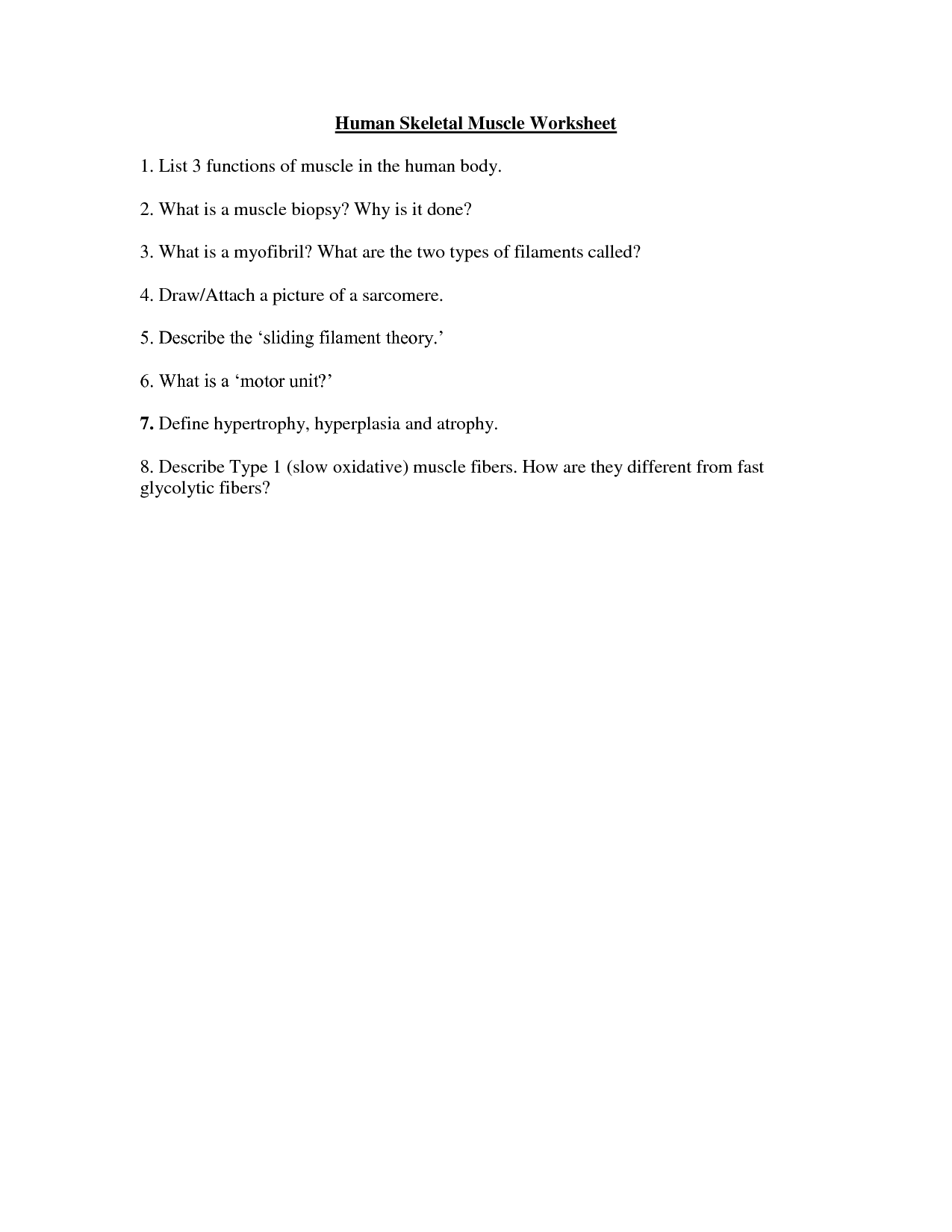
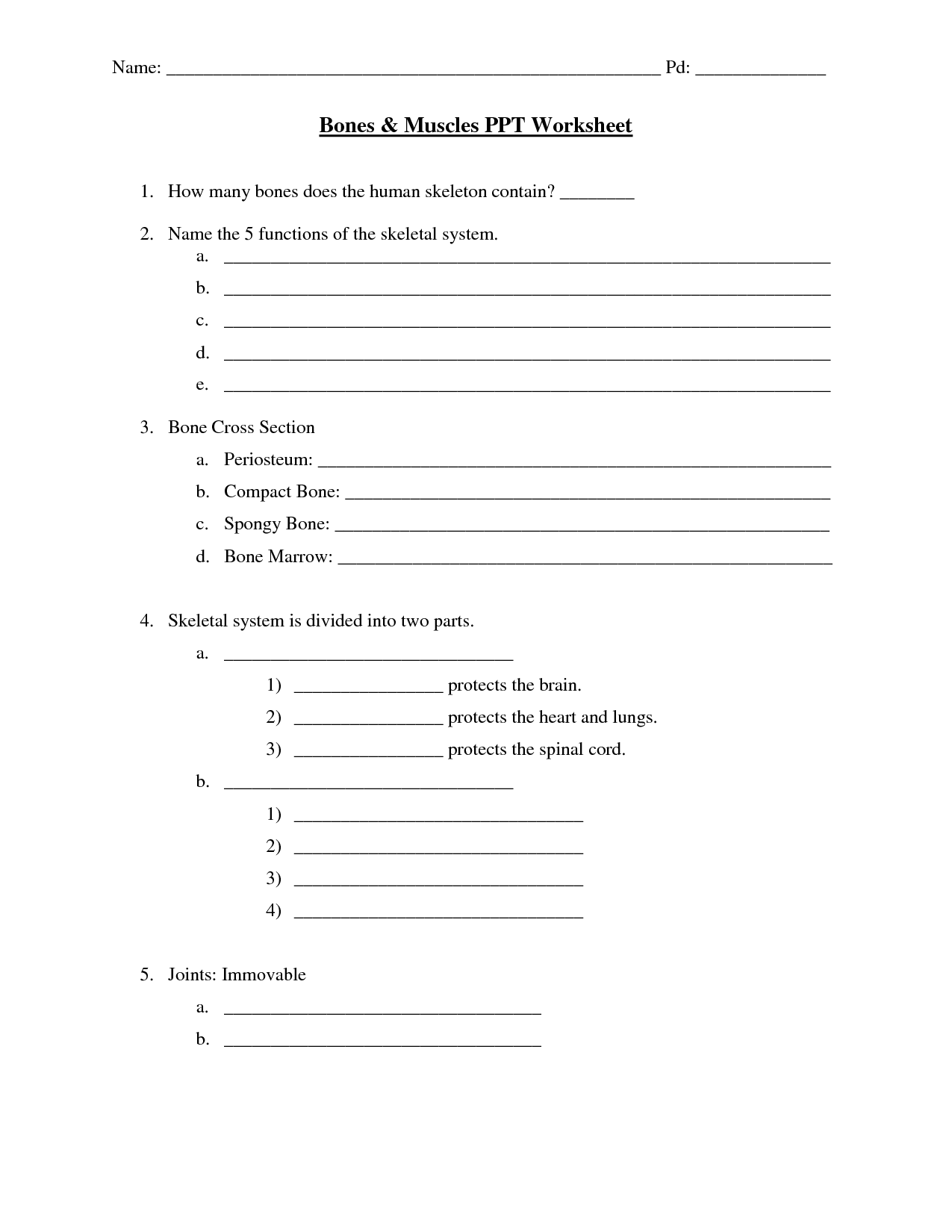
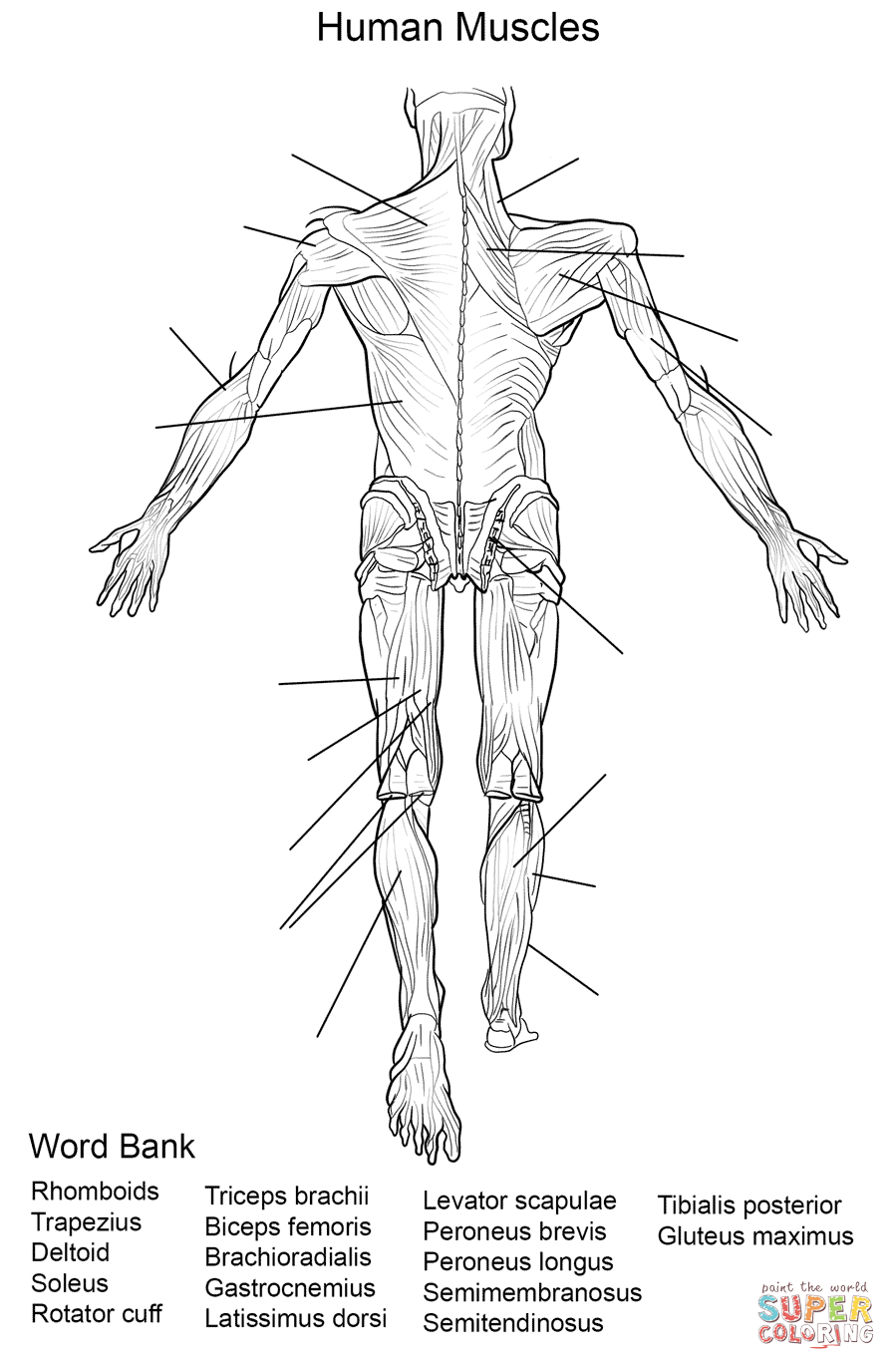
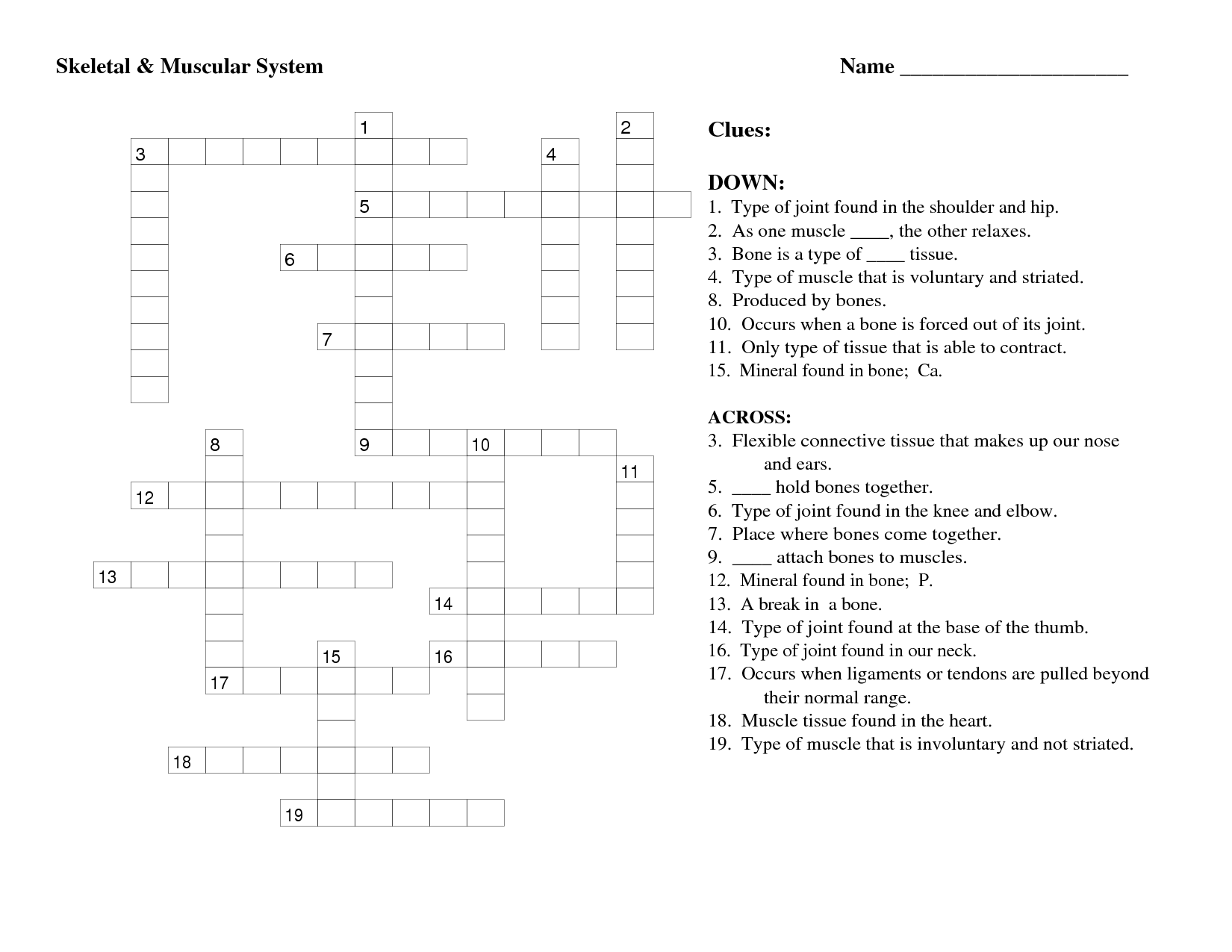














Comments